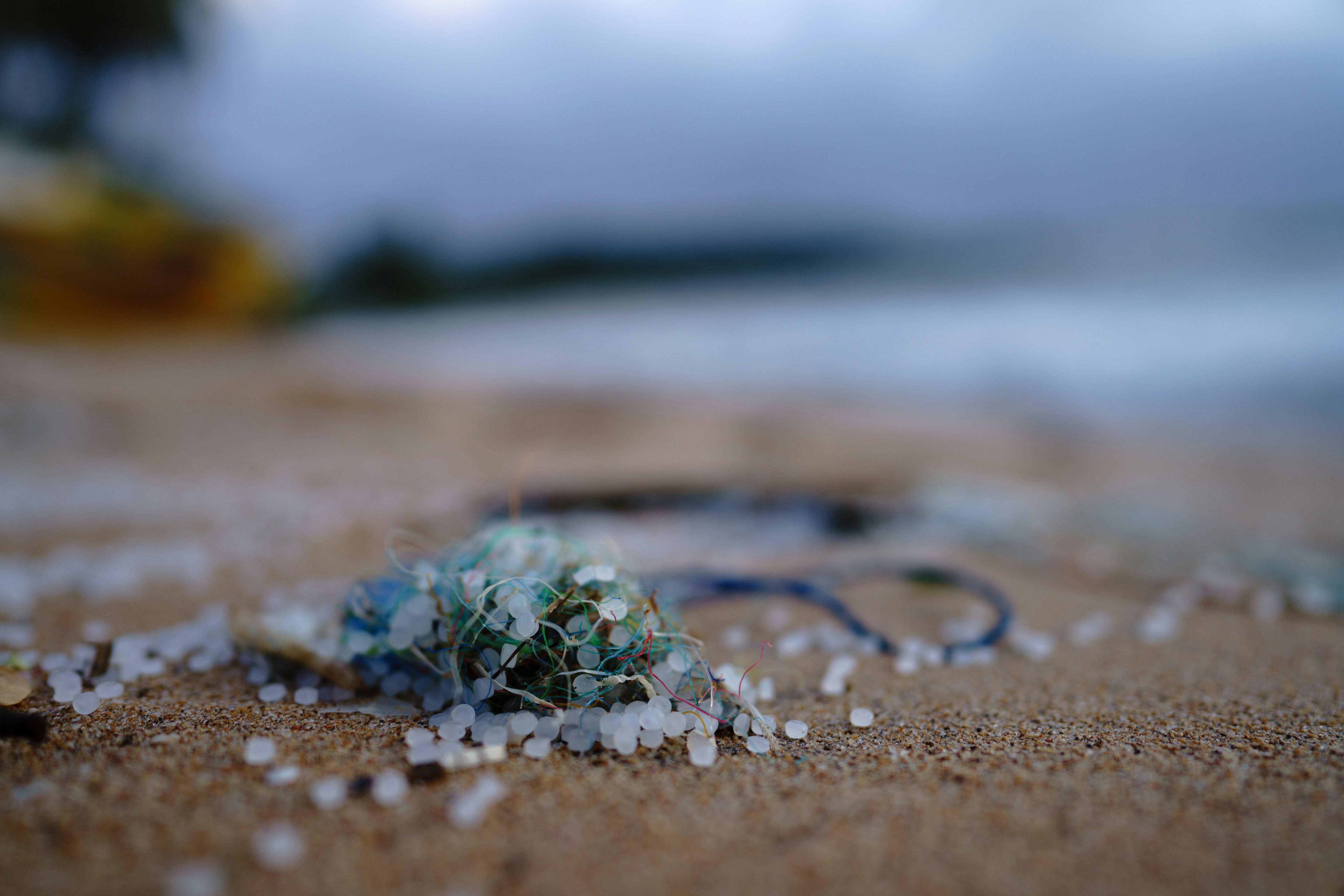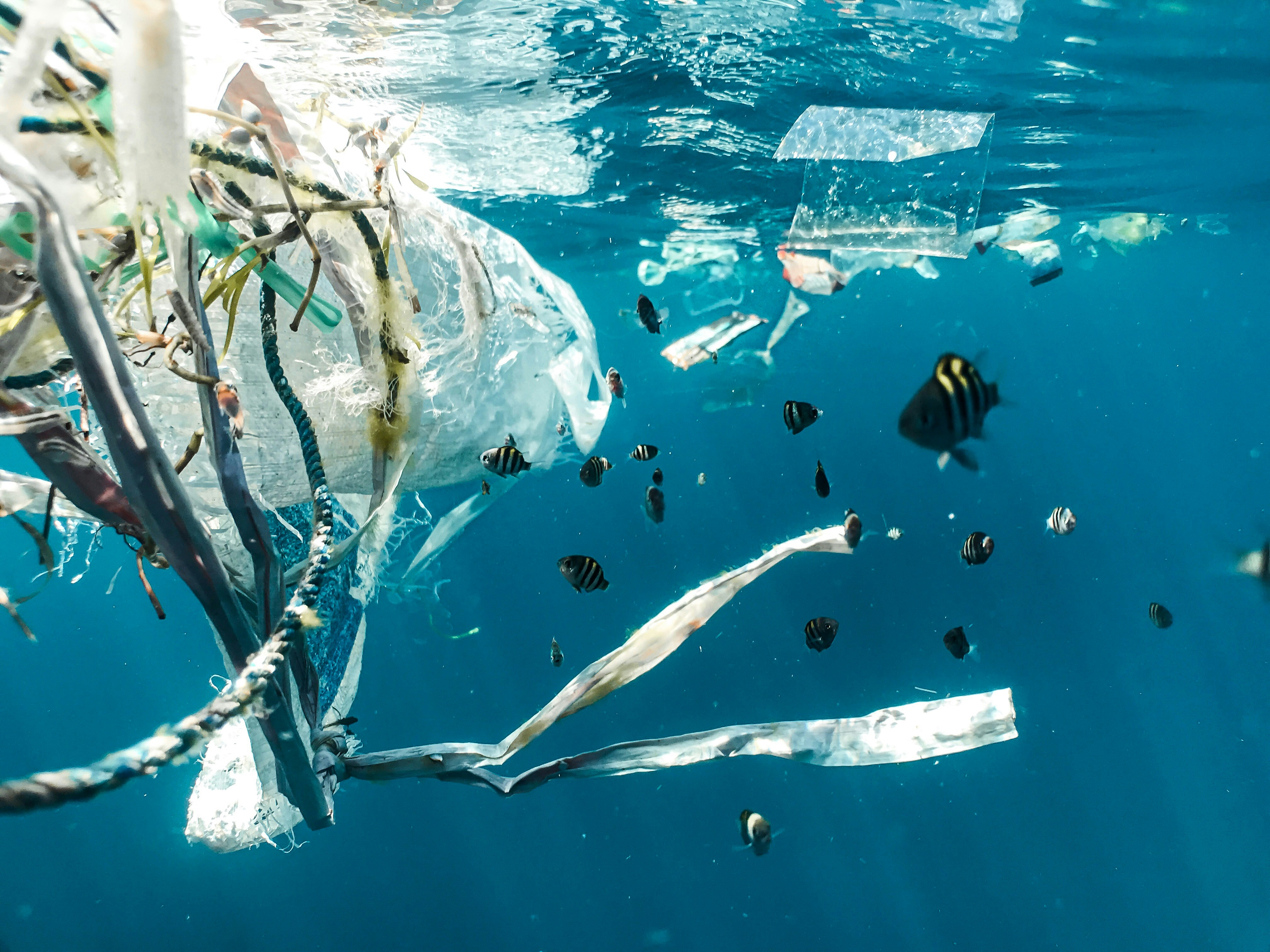Study: Malaysians Consume The Most Microplastics Out Of 109 Countries
The biggest culprit is seafood, contributing to over half of Malaysians' daily microplastic intake.
A study has shown that Malaysia ranks highest among 109 countries for microplastic consumption
According to the study published in the Environmental Science and Technology journal, the average Malaysian consumes an estimated 502.3mg of microplastic particles every day.
The study takes into account each country's eating habits, food processing technologies, age demographics, and breathing rates — factors that contribute to differences in how residents of each country consume microplastics.
The countries that eat the most microplastics are:
2. Indonesia
3. Egypt
4. The Philippines
5. Vietnam
6. Laos
7. Thailand
8. Cambodia
9. Ghana
10. Congo
Researchers compiled data on microplastic concentrations in subcategories of major food groups such as fruits, vegetables, proteins, grains, dairy, drinks, sugars, salt, and spices.
Based on the data, it was found that Malaysians consume about 15g of microplastics per month — more than any other country. The biggest culprit is seafood, contributing to over half of Malaysians' daily microplastic intake.
Microplastics, present in water, are mistaken for food by marine life, which is then consumed by humans.
Malaysia was also listed among the top 10 countries for inhaling microplastics, with an estimated 494,000 particles per day.
These microplastics come from dust and air pollution.
The countries that inhale the most microplastics are:
1. China
2. Mongolia
3. United Kingdom
4. Ireland
5. The Gambia
6. Egypt
7. Laos
8. Myanmar
9. Malaysia
10. The Philippines
Watch your seafood intake
"Our study found that rapidly industrialising countries, such as Indonesia, Malaysia, the Philippines, and Vietnam, topped the microplastic uptake globally, originating from high seafood consumption," the report said, according to The Star.
Microplastics are commonly found in freshwater and marine environments, stated authors Xiang Zhao, a professor from the National University of Defence Technology, China, and Fengqi You, a professor in Energy Systems Engineering at Cornell University.
They explained that industrial development is one of the causes of environmental degradation, leading to an increase in plastic pollution levels.
"Dietary microplastics involve those accumulated in foodstuffs and the material losses from plastic use in food and drink production, processing, and final product packaging.
"Meanwhile, airborne microplastics mainly originate from the abrasion of plastic materials, such as those in tyres and blow-ups from aquatic plastic particulates," they said.



